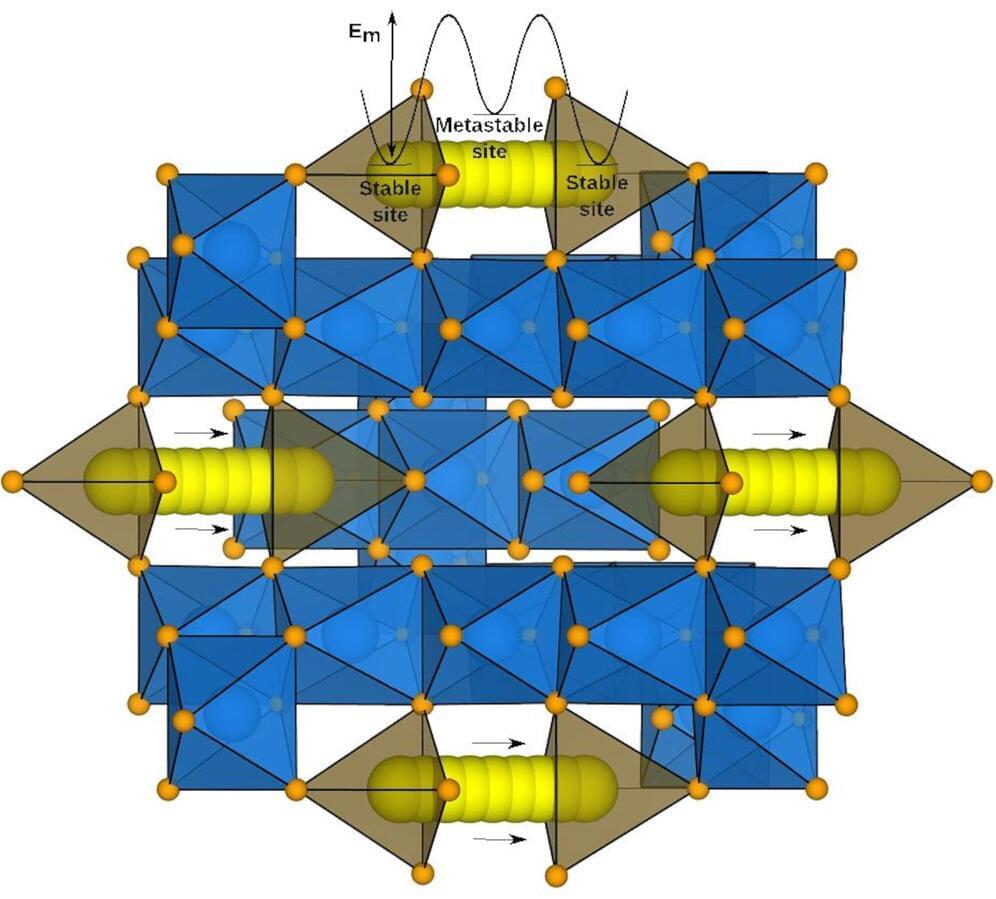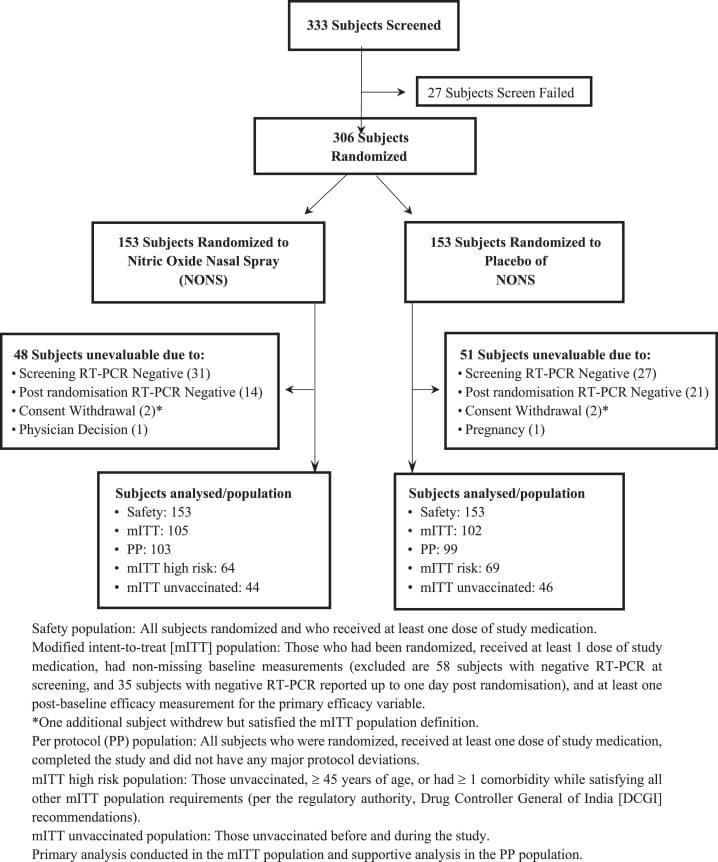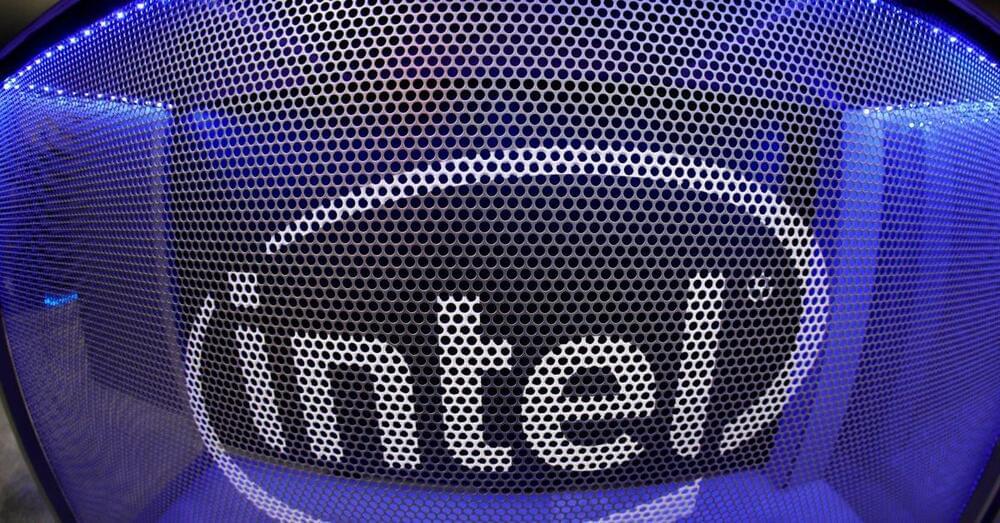The launch of Recurve reveals the latest technological advancements in radio frequencies and information transmission in the increasingly contested environment of space.



A crucial but poorly-studied parameter that dictates battery performance is the migration barrier. It determines the rate at which ions move through an electrode inside the battery, and ultimately the rate at which it charges or discharges. Because it is hard to measure the migration barrier in the…

Microsoft is now taking steps to prevent Remote Desktop Protocol (RDP) brute-force attacks as part of the latest builds for the Windows 11 operating system in an attempt to raise the security baseline to meet the evolving threat landscape.
To that end, the default policy for Windows 11 builds – particularly, Insider Preview builds 22528.1000 and newer – will automatically lock accounts for 10 minutes after 10 invalid sign-in attempts.
“Win11 builds now have a DEFAULT account lockout policy to mitigate RDP and other brute-force password vectors,” David Weston, Microsoft’s vice president for OS security and enterprise, said in a series of tweets last week. “This technique is very commonly used in Human Operated Ransomware and other attacks — this control will make brute forcing much harder which is awesome!”

Additional outpatient therapies which are readily accessible will be essential to reduce COVID-19 illness progression in high risk individuals. Especially as the virus continues to mutate with greater transmissibility despite increased global vaccination.
Use of NONS in patients recently infected with SARS-CoV-2 accelerates nasal virus clearance.
Funding provided by Glenmark Pharmaceuticals Limited. Study medication provided by SaNOtize.



French satellite operator Eutelsat said on Monday it was in talks with British counterpart OneWeb for a tie-up to create a “global champion” in broadband internet, rivaling US services like Elon Musk’s Starlink.
Satellite broadband promises to bring coverage to the most remote areas of the planet by doing away with the need for antennas and other infrastructure.
It will also supply internet on commercial aircraft and to products like connected cars.

A new study shows that nickel oxide superconductors, which conduct electricity with no loss at higher temperatures than conventional superconductors do, contain a type of quantum matter called charge density waves, or CDWs, that can accompany superconductivity.
The presence of CDWs shows that these recently discovered materials, also known as nickelates, are capable of forming correlated states— electron soups that can host a variety of quantum phases, including superconductivity, researchers from the Department of Energy’s SLAC National Accelerator Laboratory and Stanford University reported in Nature Physics today.
“Unlike in any other superconductor we know about, CDWs appear even before we dope the material by replacing some atoms with others to change the number of electrons that are free to move around,” said Wei-Sheng Lee, a SLAC lead scientist and investigator with the Stanford Institute for Materials and Energy Science (SIMES) who led the study.

OAKLAND, Calif. July 25 (Reuters) — U.S. chipmaker Intel Corp (INTC.O) said on Monday it will produce chips for Taiwan’s MediaTek Inc (2454.TW), one of the world’s largest chip design firms.
The manufacturing arrangement is one of the most significant deals Intel has announced since it launched its so-called foundry business early last year.
A foundry business builds chips that other companies design and Taiwan Semiconductor Manufacturing Co (TSMC) (2330.TW) is the top player in that space. Intel has mainly built chips it designed itself.

If radars wore pants, a lot of them would still be sporting bell-bottoms.
Significant aspects of radar haven’t fundamentally changed since the 1970s, said Kurt Sorensen, a senior manager who oversees the development of high-performance radio frequency imaging technologies at Sandia National Laboratories. Like a record player, most military-grade systems are still analog.
Now, Sandia is giving radar a major digital makeover. Researchers are working to replace legacy analog radars commonly used by the military with a new, digital, software-defined system called Multi-Mission Radio Frequency Architecture. The overhauled design promises U.S. warfighters unprecedented flexibility and performance during intelligence, surveillance and reconnaissance operations, even against sophisticated adversaries.